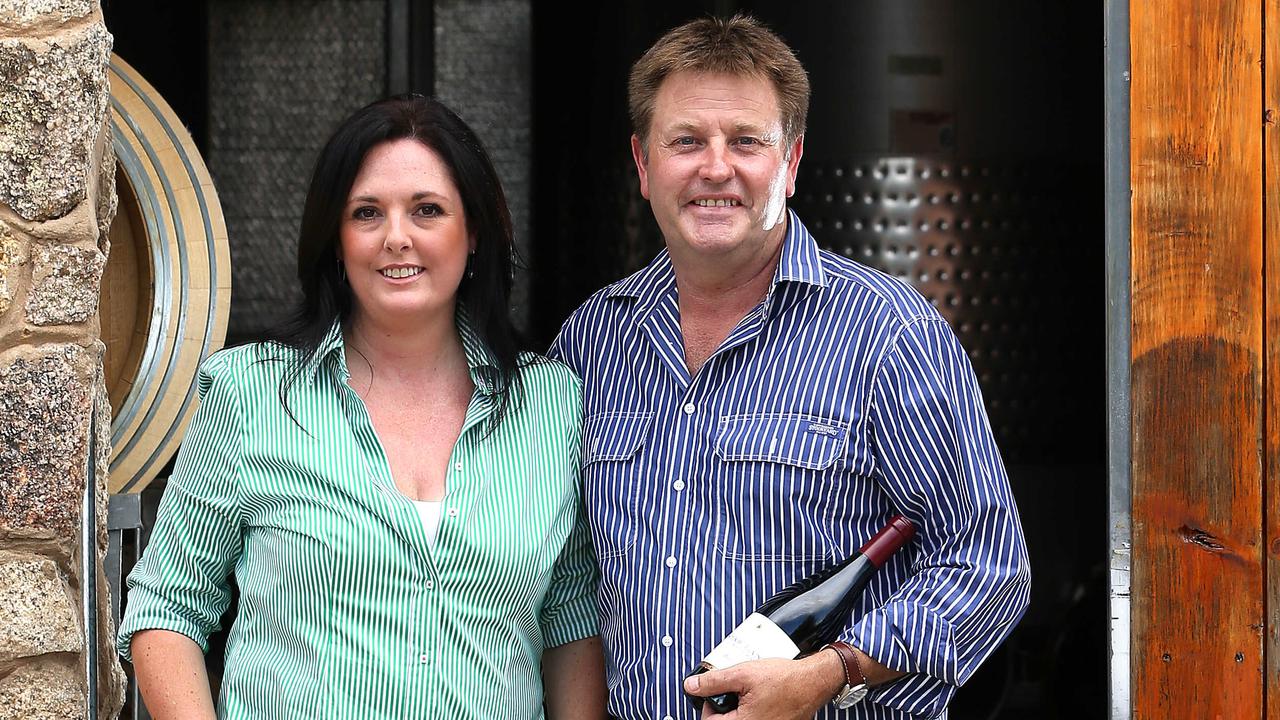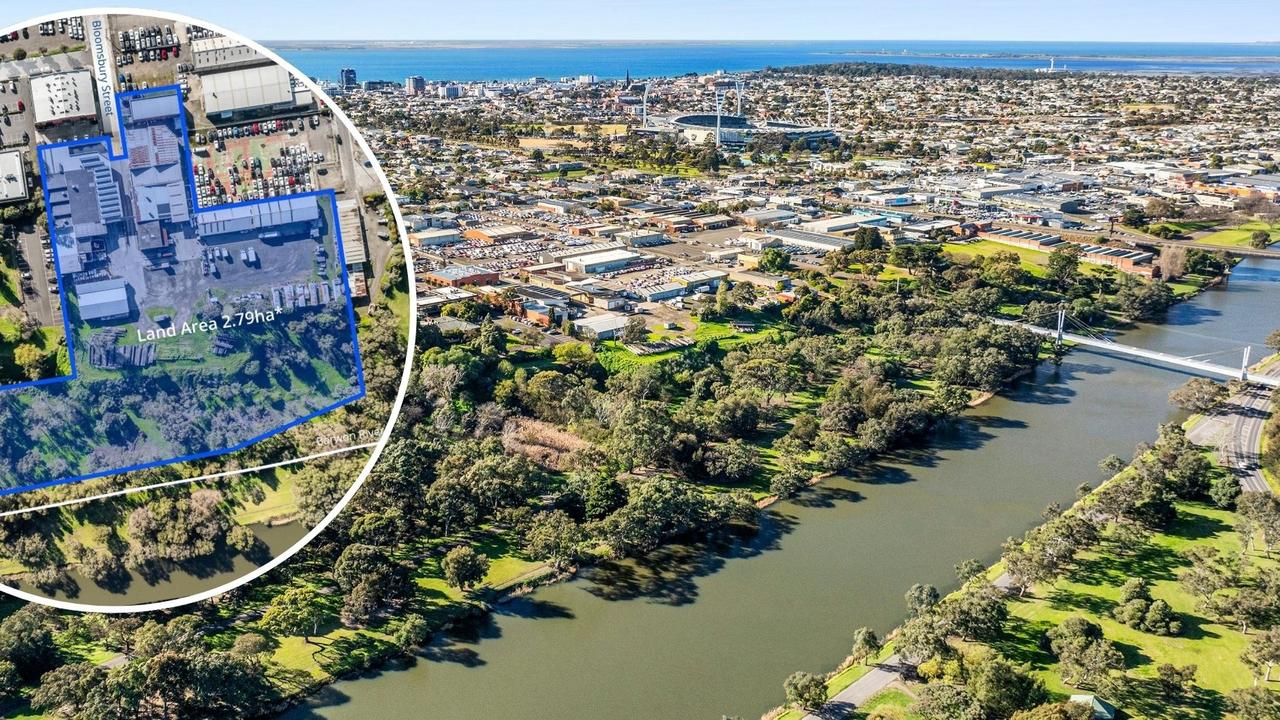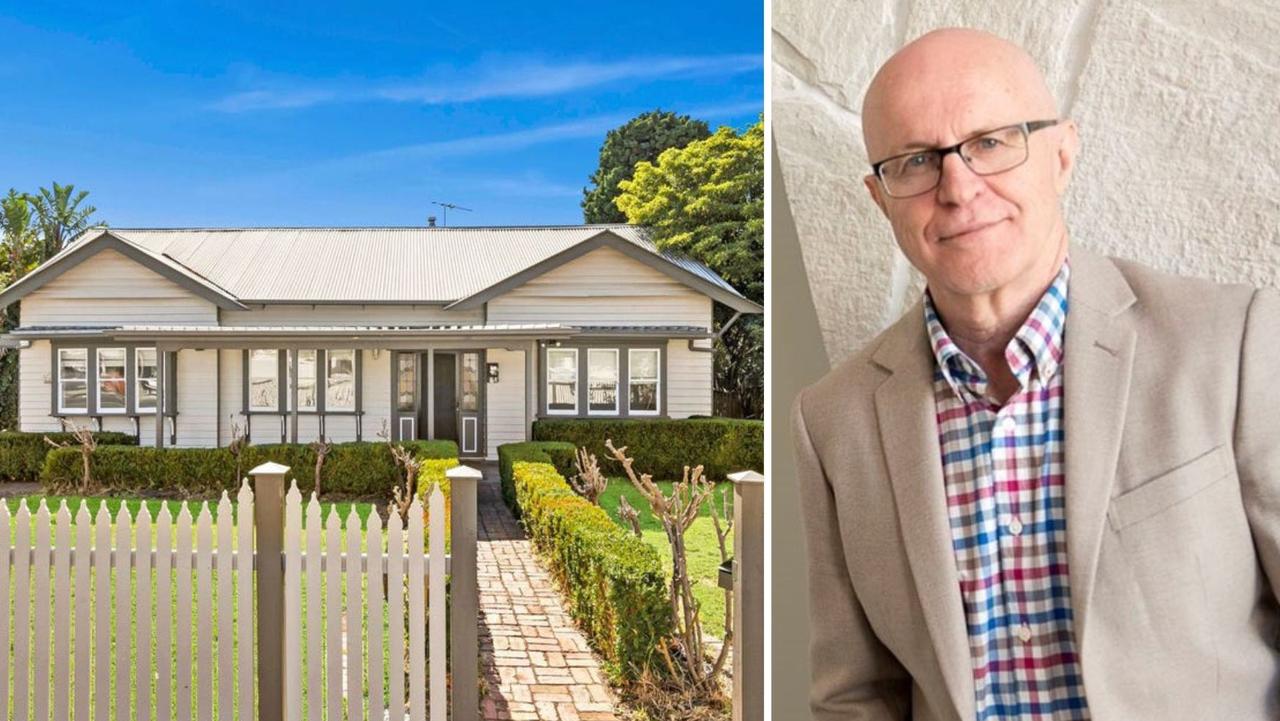Australia home building targets: Why the nation is not close to meeting its ambitious 1.2 million homes goal
The nation’s housing target is slipping out of reach as soaring costs, labour shortages, and planning delays stall construction. Can the crisis be turned around?
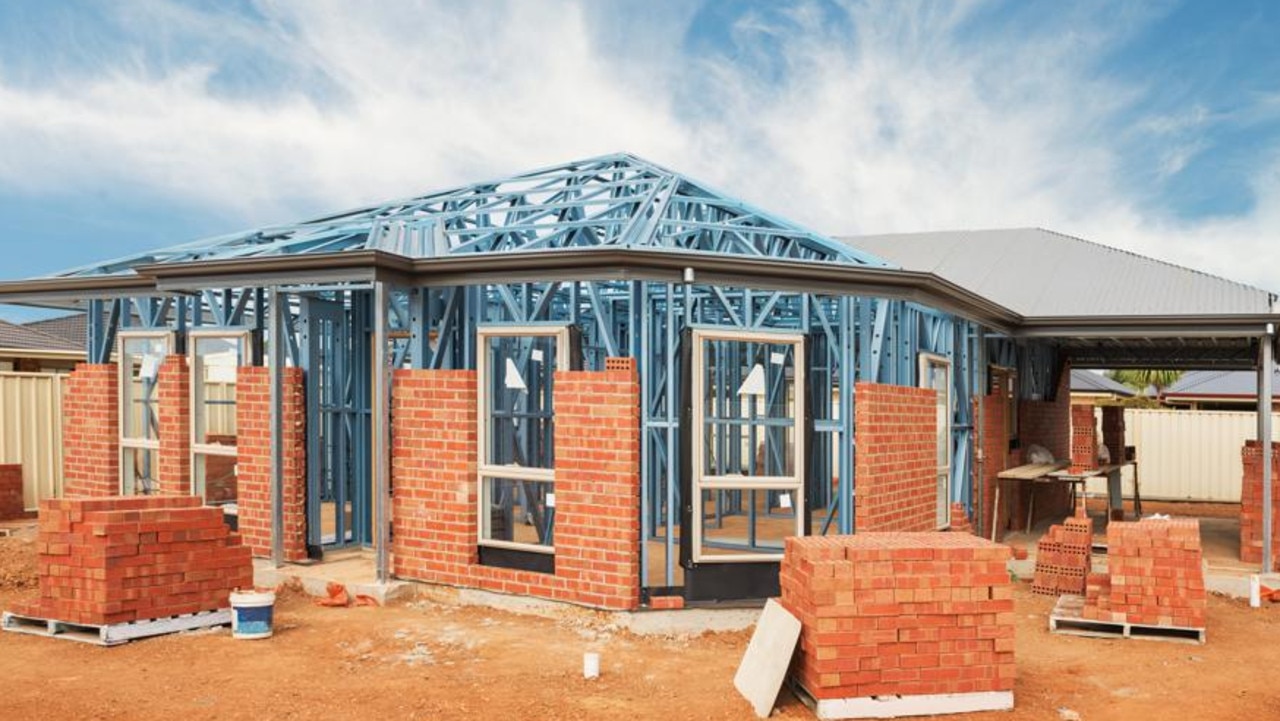
Australia is set to fall 300,000 homes short of its target to build 1.2 million homes by mid-2029.
Just three months into the National Housing Accord’s five-year timeline, Australian Bureau of Statistics figures reveal that only 44,884 homes were completed in the September quarter — more than 15,000 below the 60,000-home quarterly target.
The alarming shortfall has raised concerns across the housing industry, with experts cautioning that at the current rate the deficit could snowball over the next five years, deepening the nation’s housing crisis.
RELATED: Australia’s growing first homebuyer trend in crazy market
RCA: Five Vic pubs you could snap up for the same price as a house
Victoria’s Versace Castle looks like 300-year-old fairytale castle

HIA senior economist Tom Devitt said government policy was the key factor behind the sluggish pace of construction.
“Government policy is the main factor behind the current shortfall in housing construction,” Mr Devitt said.
“For a long time now, government decisions have inflated the costs and complexities of home building.
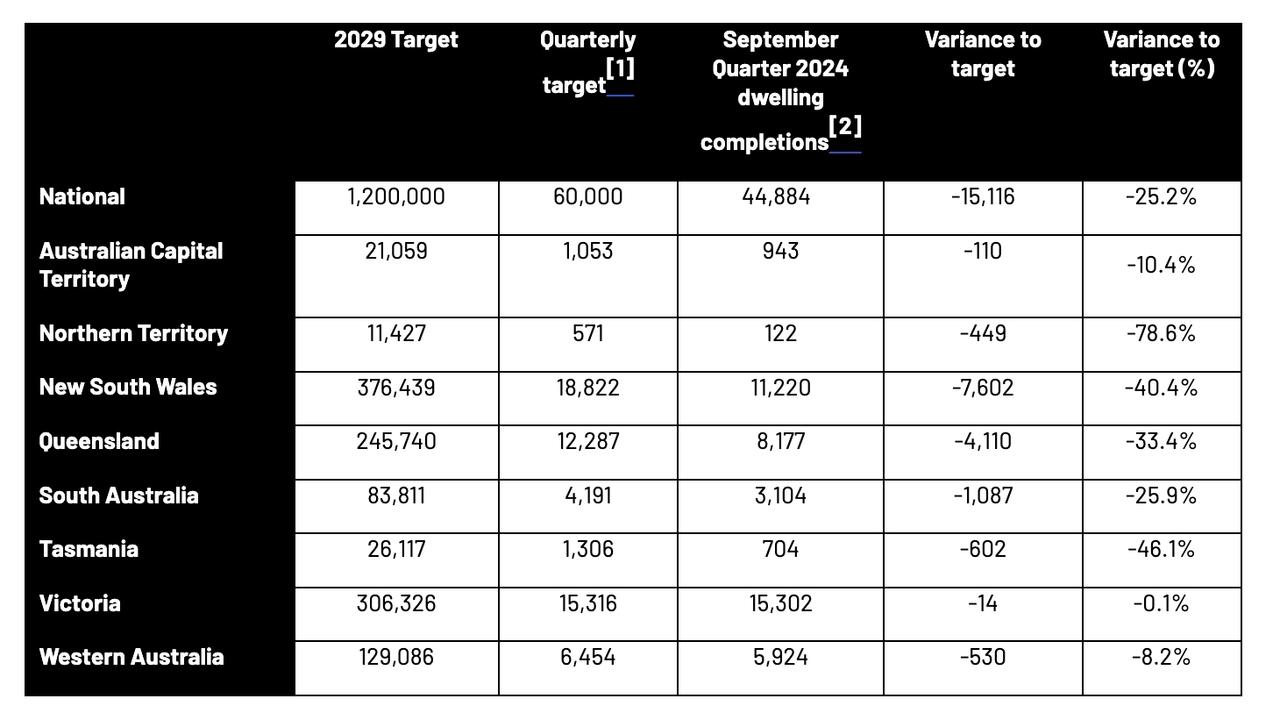
“It’s not just about rising interest rates — although those have certainly increased over recent years.”
Mr Devitt said costs had also surged across materials, labour, financing and issues related to land release and planning.
The data also highlighted the stark disparities across the states and territories.
The Northern Territory has performed the worst, delivering just 122 homes out of its 571-home quarterly target — a shortfall of 78.6 per cent.
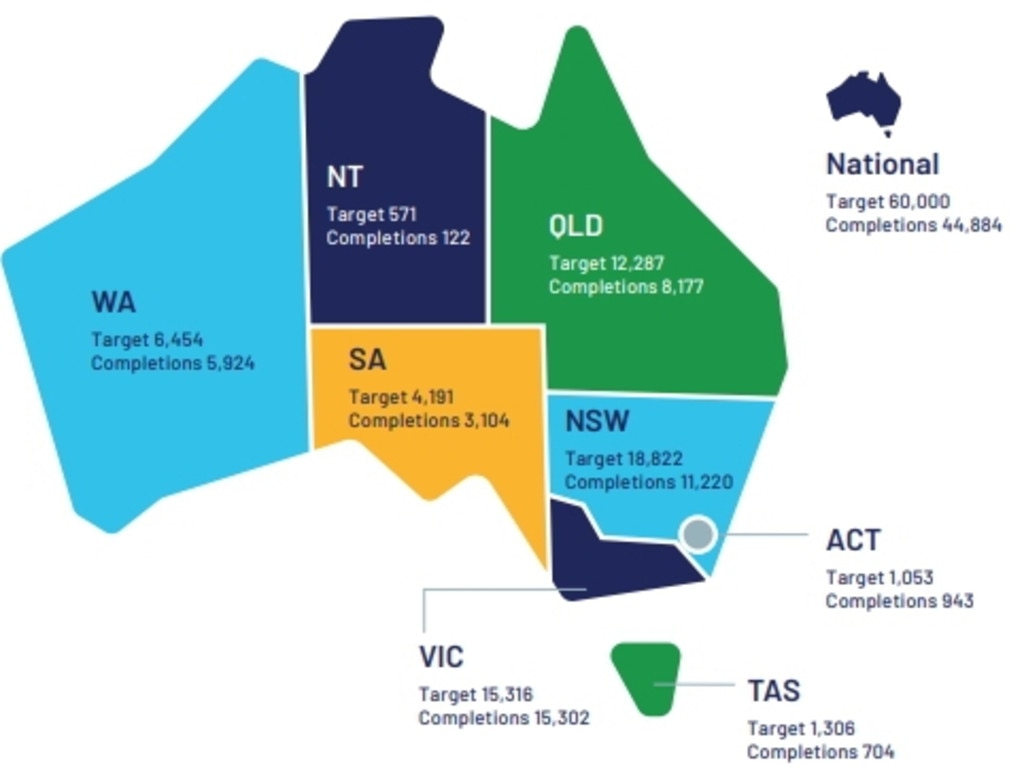
Tasmania also lagged behind, completing 46 per cent fewer homes than needed.
New South Wales fell 7,602 homes short of its 18,822-home target, with only 11,220 homes completed.
In contrast, Victoria was the best-performing state, narrowly missing its 15,316 home target, falling short by just 14.
Western Australia and Queensland showed signs of recovery but still missed their targets by 530 and 4,110 homes respectively.
Group Executive Policy & Advocacy at the Property Council of Australia Matthew Kandelaars said immediate action was needed to close the gap.

“Few expected we’d be meeting our welcome and ambitious housing target from day one, but it’s doing its job by providing transparency about who is lagging and by how much,” Mr Kandelaars said.
“If we don’t start as we intend to finish, we’ll be kicking into the wind at the final break – making the job near impossible.
“There’s no time to waste, and we can’t afford to slip any further behind.”
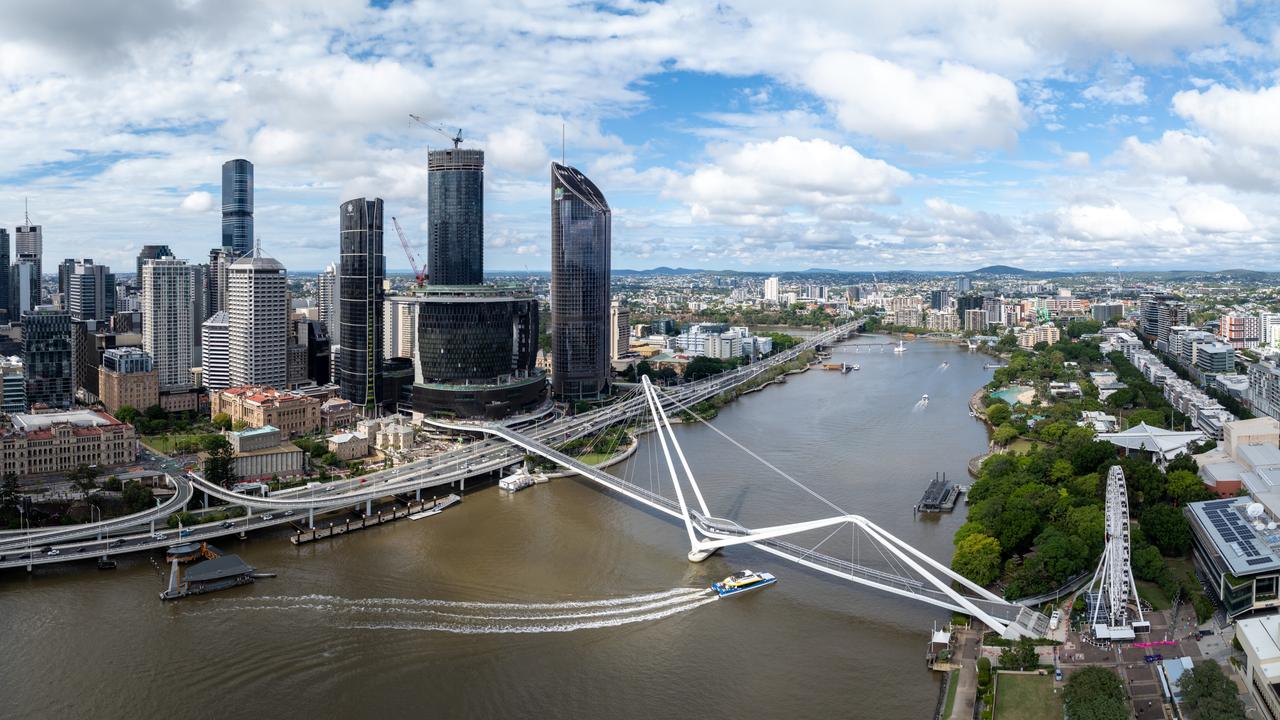
He said the deficit was set to grow unless urgent reforms were made to address rising construction costs, skilled labour shortages, and planning delays.
“The supply deficit is driving Australia’s housing affordability crisis – we need to stop the affordability-killing taxes and streamline planning approvals,” he said.

Master Builders Australia chief executive Denita Wawn said Australia’s performance in apartment construction would be the key to whether we meet the target.
“Apartment construction levels remain too low because the investment appetite is not there,” Ms Wawn said.
“Low productivity, labour shortages, costly and restrictive CFMEU pattern agreements, a lack of supporting infrastructure, and a high inflationary environment all contribute to project costs not stacking up.”

Ms Wawn added that at the current pace, Australia was on track to build just 825,000 homes over the next five years, falling 375,000 short of the target.
She said governments needed to create conditions that made apartment construction more attractive to investors, easing rental inflation and increasing supply.
Despite these challenges, there are some encouraging signs.
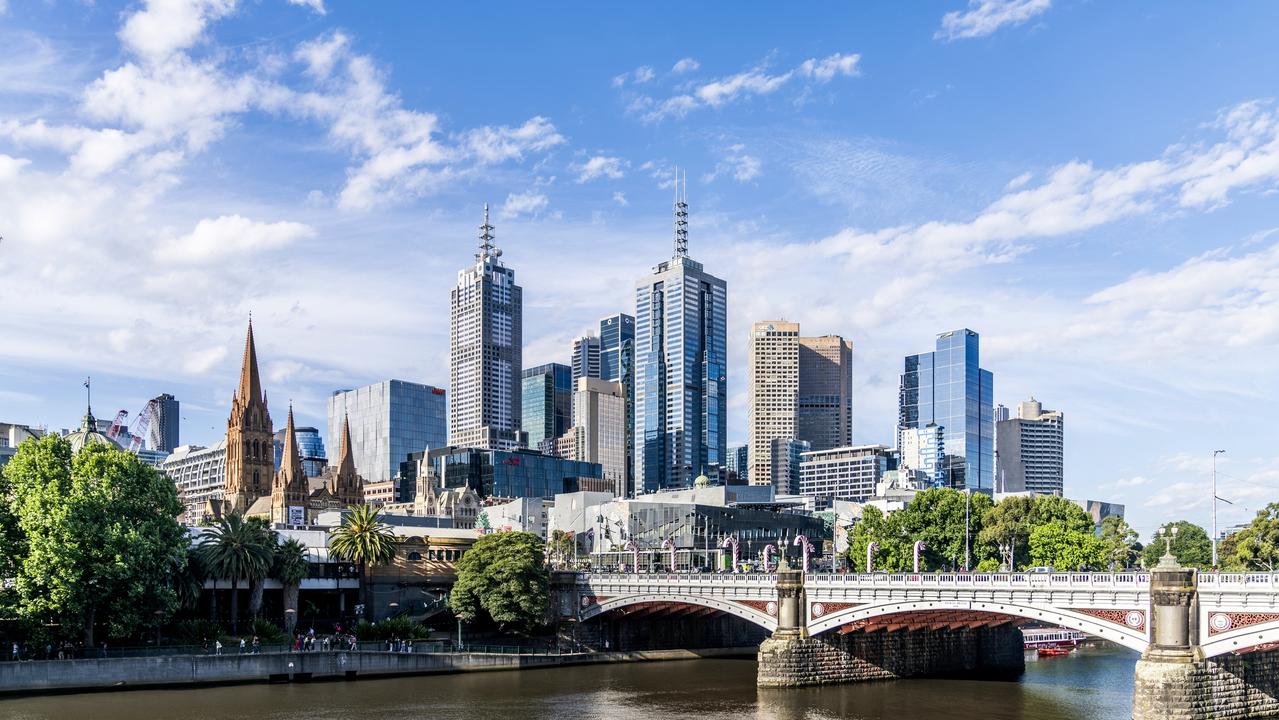
Housing commencements rose by 4.6 per cent in the September quarter compared to the June quarter, with detached house starts increasing by 20.5 per cent.
However, experts agree this growth is not enough to offset the worsening deficit.
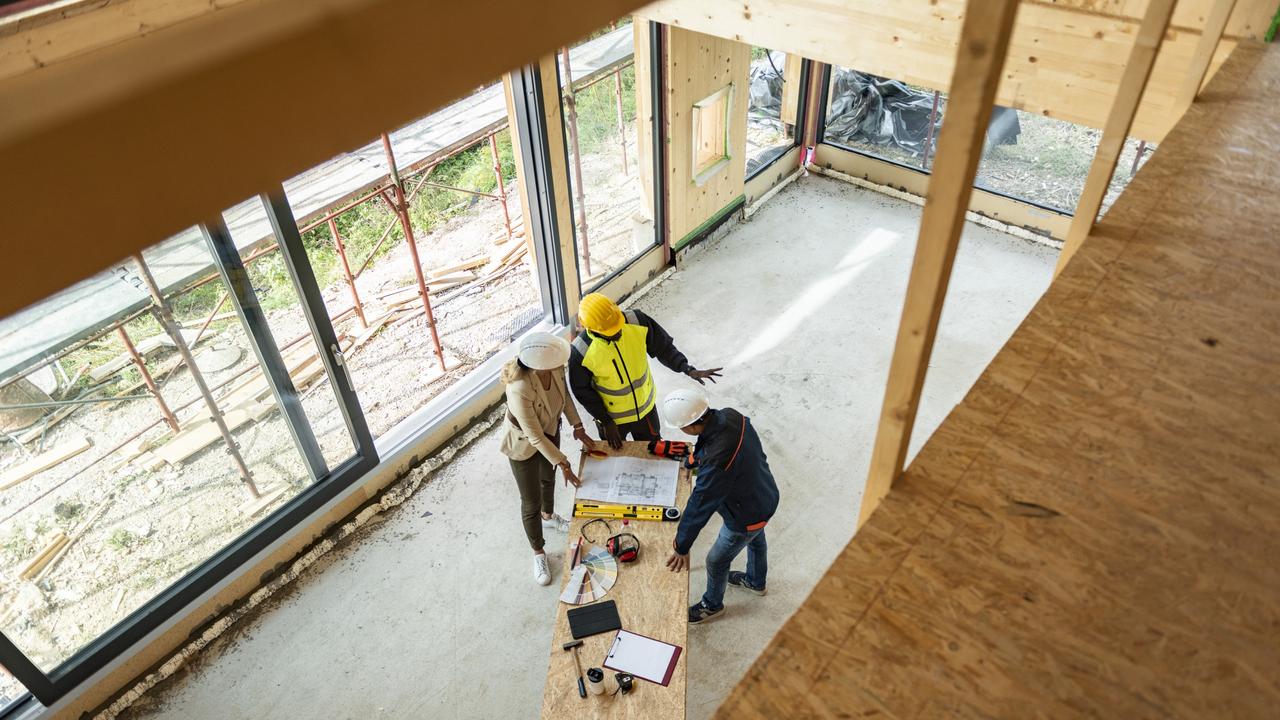
Mr Devitt said the importance of addressing labour shortages, with a particular focus on attracting skilled tradespeople through an improved migration system.
“Addressing this issue requires a two-way approach,” he said.
“Over the medium to long term, we need to focus on building Australia’s workforce capabilities by upskilling and training more people, supporting apprenticeships, and ensuring businesses and training organisations have the resources they need to succeed.
“In the immediate term, we urgently need a more effective migration system.”

The HIA senior economist stressed the need for policy reforms to support higher-density housing development in established suburbs with existing infrastructure.
“At this stage, it’s looking unlikely that the target will be met within the five-year period set by the government,” Mr Devitt said.
“Based on current data and forecasts, we expect the nation will fall short by about 200,000 homes.
“However, achieving this level of housing construction is absolutely possible — and, in fact, necessary.”
Sign up to the Herald Sun Weekly Real Estate Update. Click here to get the latest Victorian property market news delivered direct to your inbox.
MORE: Residents left out of $250k McCrae landslide support
Would’ve come last: Scott Cam’s two year Block home wait flops
134yo house so good it was put in a museum now back up for sale
david.bonaddio@news.com.au
Originally published as Australia home building targets: Why the nation is not close to meeting its ambitious 1.2 million homes goal


